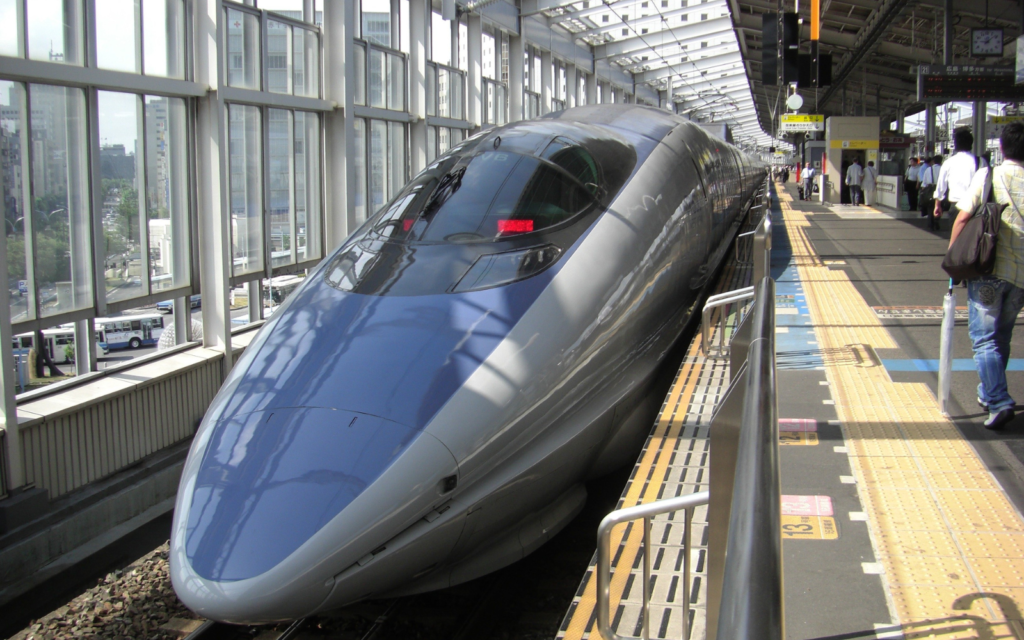The Department of Transport has announced plans for a ‘railway renaissance’ in South Africa. The Department showed its plans during a virtual standing committee on transport on Wednesday. The plan proposed a complete shift in the railway industry for both passenger and freight functionality.
Plans were outlined in the Department’s National Rail Policy Draft White Paper, which was briefed directly to parliament. The brief, which falls under the National Rail Act, is looking to bring a “cheaper, more competitive and effective” railway system in by 2050.
We have to move faster
An essential part of the plan is to not only build cheaper and more effective railways but to focus as well on speed and heavy haul transit. The Department of Transport wants to use funds to fast-track the foundation of high-speed rail (HSR) within the country while commissioning the building of new rails where the Passenger Rail Agency of South Africa (Prasa) cannot.
When speaking on the HSR infrastructure it plans to build, the Department said it would need to find and study the ‘strategic objectives’ that need to be taken into consideration.
- The system’s impact on connecting major and non-major cities.
- Population density within certain metros, and the already existing infrastructure within.
- How a system like this could cause congestion and the distance between stations.
- An analysis of the possible passenger volume and financial feasibility.
Read More: South Africa wants to pull away from coal – Germany pledges R6.2 billion to help get there
Another goal is for the system to eventually reduce the number of cars in urban areas. This would, in turn, help South Africa reach its goal of cutting its carbon footprint in half by 2030. And, if you’re paying attention, that’s only eight years away. If the Department of Transport is serious about its plans, it needs funding quick.
To that end, the Department of Transport is relying on eligible departments of government to supply funding to rail investments where they can. No official funding numbers were mentioned, though a project of this size won’t be cheap.
“Beyond that, as in many countries, the responsible authority may engage other interested entities to co-fund passenger services and or attract private sector participation, thereby leveraging their ability,” the Department concluded.
Source: BusinessTech




